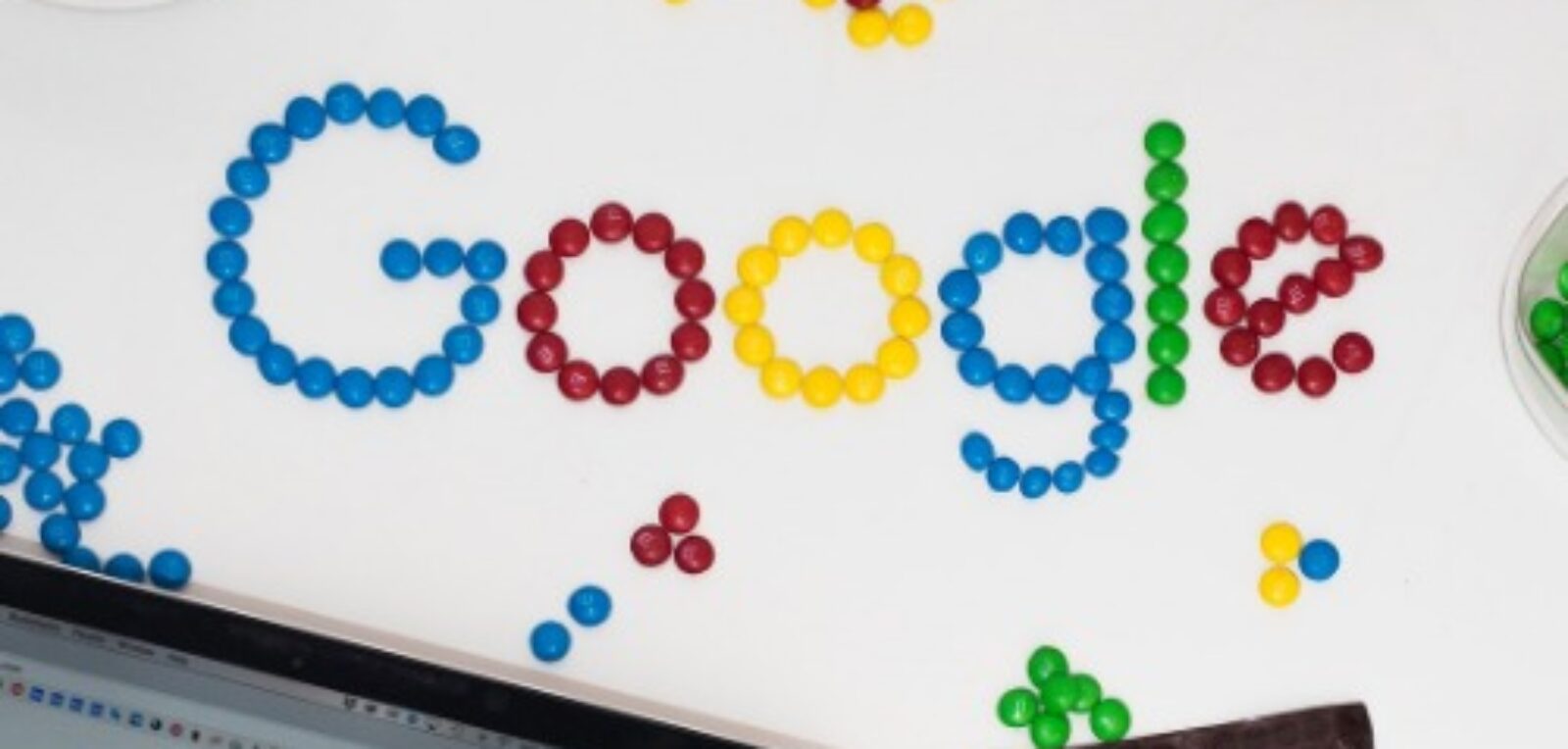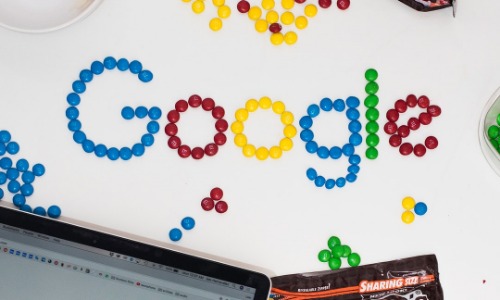In the last Q&A, I talked about getting words in context from Google images + Google translate. Let’s talk about this a bit, because it’s an extraordinary pair of tools.
The goal is to find good examples for abstract/functional words. Let’s say I want to find a good example for когда (when).
The machine translation lets you find a good example quickly, and see how its used in the sentence. You won’t use the English translation in your Anki deck, so you’ll end up memorizing everything in the target language (You might still remember the English translation for a few weeks, but eventually, the stronger memory will be the relationships between the words in the target language).
Here, for example, you get two sentences, and one is pretty clear in meaning (‘When I will be eighty-five’), the other a bit less so (It’s ‘When I start to lose my slippers’, and it doesn’t fit with the picture as directly.) So I’m going to take the first sentence, and put it in my Anki deck with the picture:
Front Side: […] мне будет восемьдесят пять
Back Side: когда
I’ll make two cards out of this (когда on the front side, the picture with the sentence on the back). I’ll also use this as a grammar exercise (1 card only):
Front Side:
Когда […] восемьдесят пять…
Back Side:
мне будет
It gives me a lot of language very quickly, and the three cards support each other (adding the third card makes the first two cards easier, since I see the sentence more often).
It took me 30 seconds to find the example, and another 30 seconds to make the three cards. In that minute, I’ve picked up an essential, difficult to picture-word, and a grammatical construction for expressing my age in the future, and Anki will make sure that it’s memorized long term.
So! How to do this easily? If you’re studying a common language, go here. I’ve already created a link for you. If not, read on:
1. Go figure out your 2-character language code here (English is en): http://sites.google.com/site/tomihasa/google-language-codes
2. Now go to this handy dandy link (it’ll open in a new window)
3. Follow these instructions:
4. Enjoy your awesome source of words in context with pictures!





